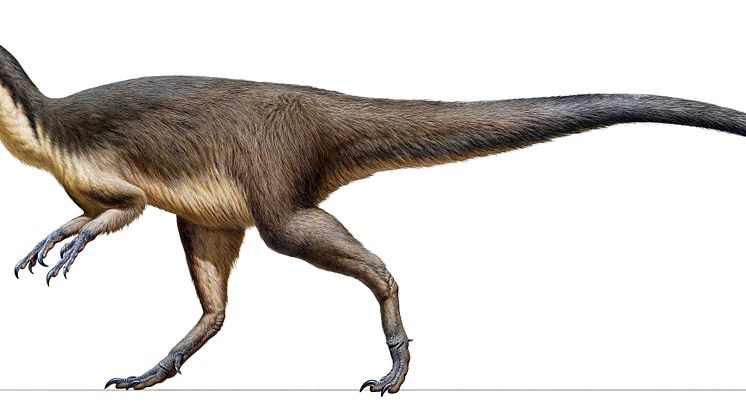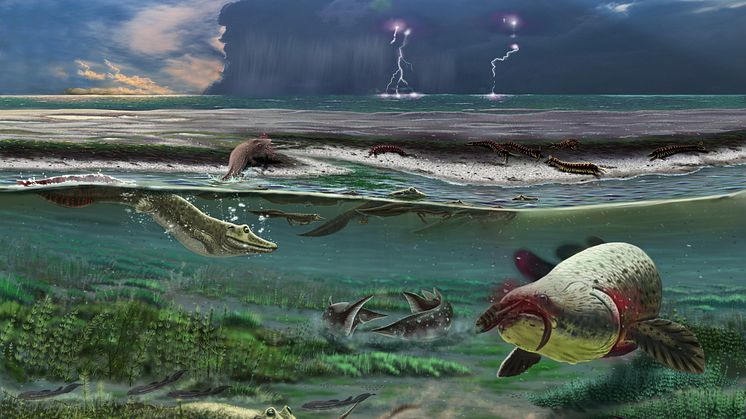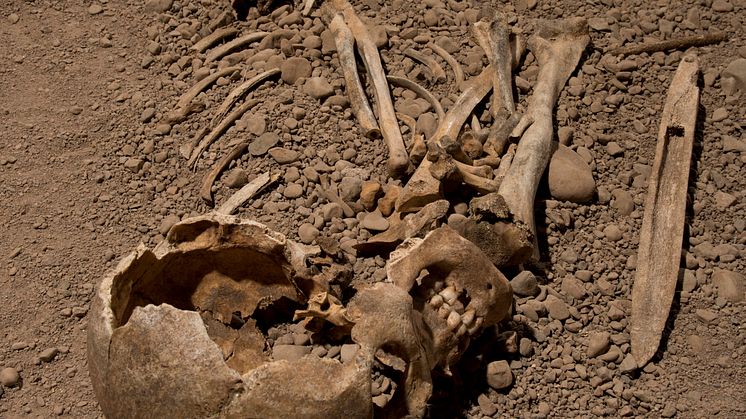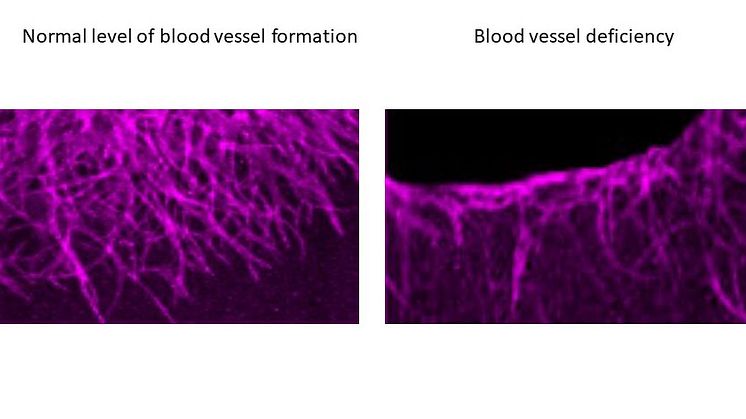A genetic tug-of-war between the sexes begets variation
In species with sexual reproduction, no two individuals are alike and scientists have long struggled to understand why there is so much genetic variation. In a new study published in Nature Ecology & Evolution, a team of researchers from the University of Uppsala in Sweden now show that a genetic tug-of-war between the sexes acts to maintain variation.




